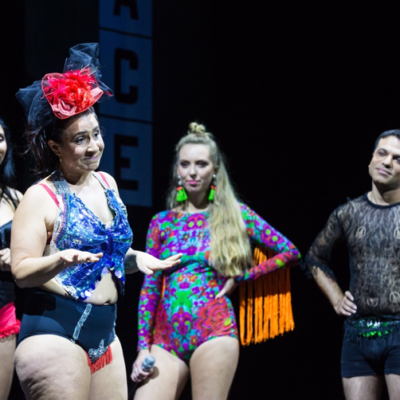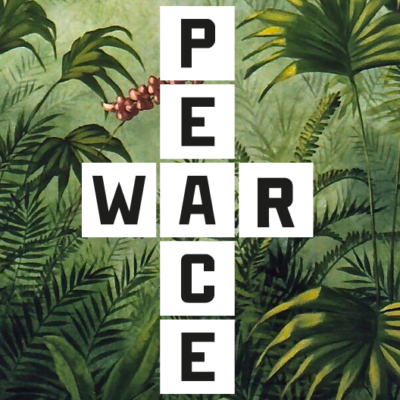During the “War or Peace?” festival Orange Magazine visited the “Propaganda vs. Civic Education” workshop in which participants were confronted with propaganda posters from the inter-war period. The participants were challenged to re-elaborate them in order to enhance their understanding of the crucial nuances in the political communication of the present day.
The primary challenge of the workshop was to redraw comics from political campaigns in order to expose the underlying motives and tools that characterised the origin of this form of communication.
The workshop aimed at showing that there is never a clear distinction between propaganda and state education, but there are many nuances that can be captured and described. To illustrate this point, the teamers of the workshop provided examples of the German “Black shame” campaign during the occupation of the Rhineland and the British campaign “remember Belgium” which was intended to mobilizing troops during the great war.
Orange Magazine talked to the teamers Sascha Hommerand and Elisabeth Desta to understand more about the activities and the aim of the workshop:
Orange Magazine: The theme of this workshop is propaganda vs. civic education, how subtle is the line between the two?
Sascha: When states put out information in books, in posters or in TV shows; of course, they’re doing it for their own purposes, it’s logical. With the workshop, the bpb wants to make the point that there are lots of grey scales. Between different countries and political systems there isn’t a good and an evil but many shades of grey. I think propaganda begins at the point when you divide the world into good and evil, and thus start to seduce and manipulate your own people.
Orange Magazine: These posters you selected are very simplistic, they convey a short and direct message. Do you see this trend returning now that we are in the world of social media?
Elisabeth: Absolutely, it was one of the most thrilling experiences that we had during the workshop. It became increasingly clear that the same sentiments, the same propaganda tricks, are very present in our time again, the same motives which have been used in past are also present today. Consequently, the same anger and fear arises today.
Orange Magazine: From your experience, what is the most relevant lesson we can learn by analysing these posters?
Sascha: I think it’s very important for everyone to get this kind of education in order to know that there is a certain continuity in the motives and propaganda methods. It allows you to compare the present to the past. Especially because of the current migration situation in Germany and the whole debate about it, many people say that this had never happened before. It was never possible that that many migrants would come to Germany. When you look at history, however, you see that migration is the normal status of countries all over the world and across history. Such education helps to fight against your own fears.
Orange Magazine: The idea of the “détournement” means taking pieces of propaganda and rearranging them to show their contradictions. Do you think this could be potentially one of the ways to artistically undermine propaganda?
Elisabeth: I think so, especially drawing is very often an underestimated key to reality. When you’re drawing something, you think about things in a different way. I think civic education but also education in general are about having various perspectives and being able to change one’s perception of reality through different forms of expression.
By Francesco Lanzone // Photos: “bpb / BILDKRAFTWERK / Laurin Schmid”





